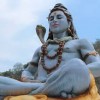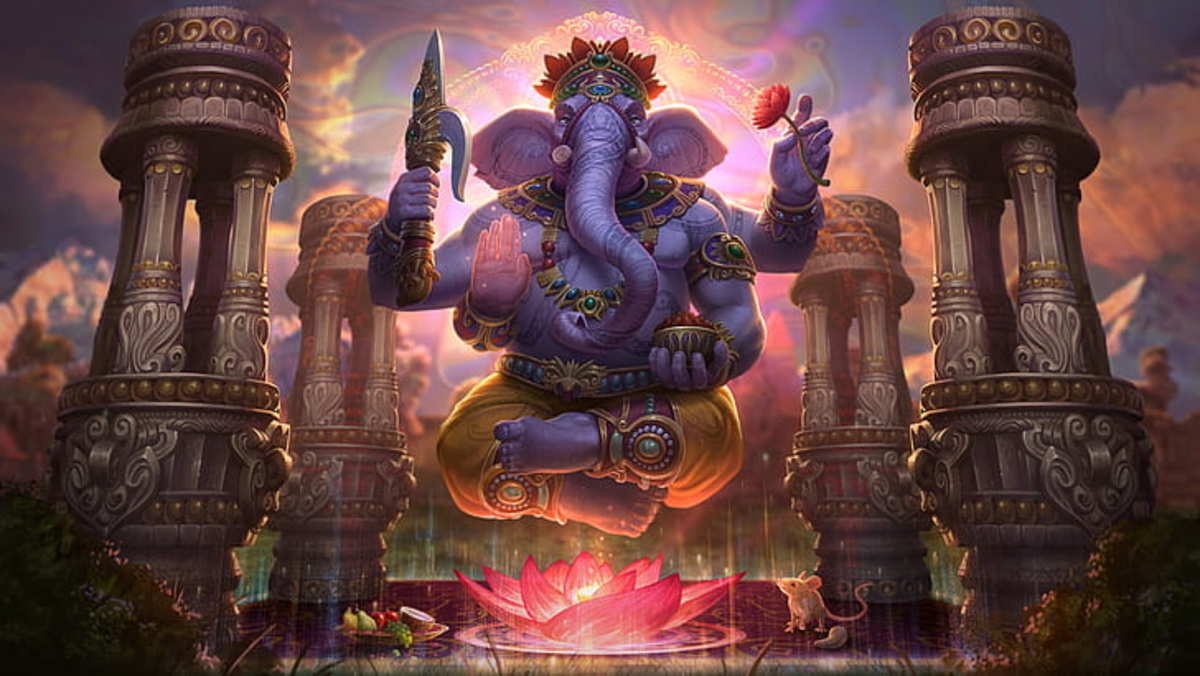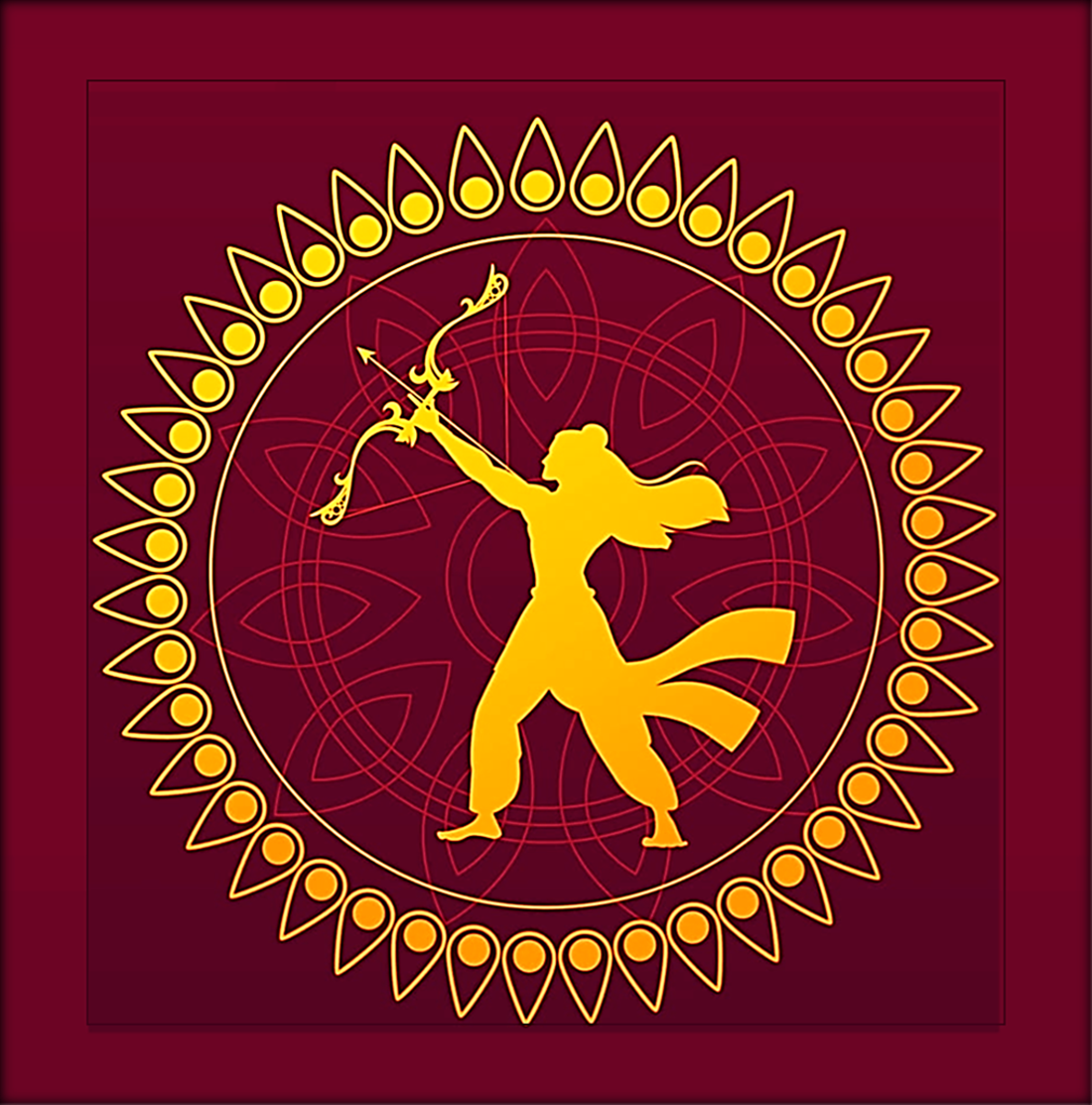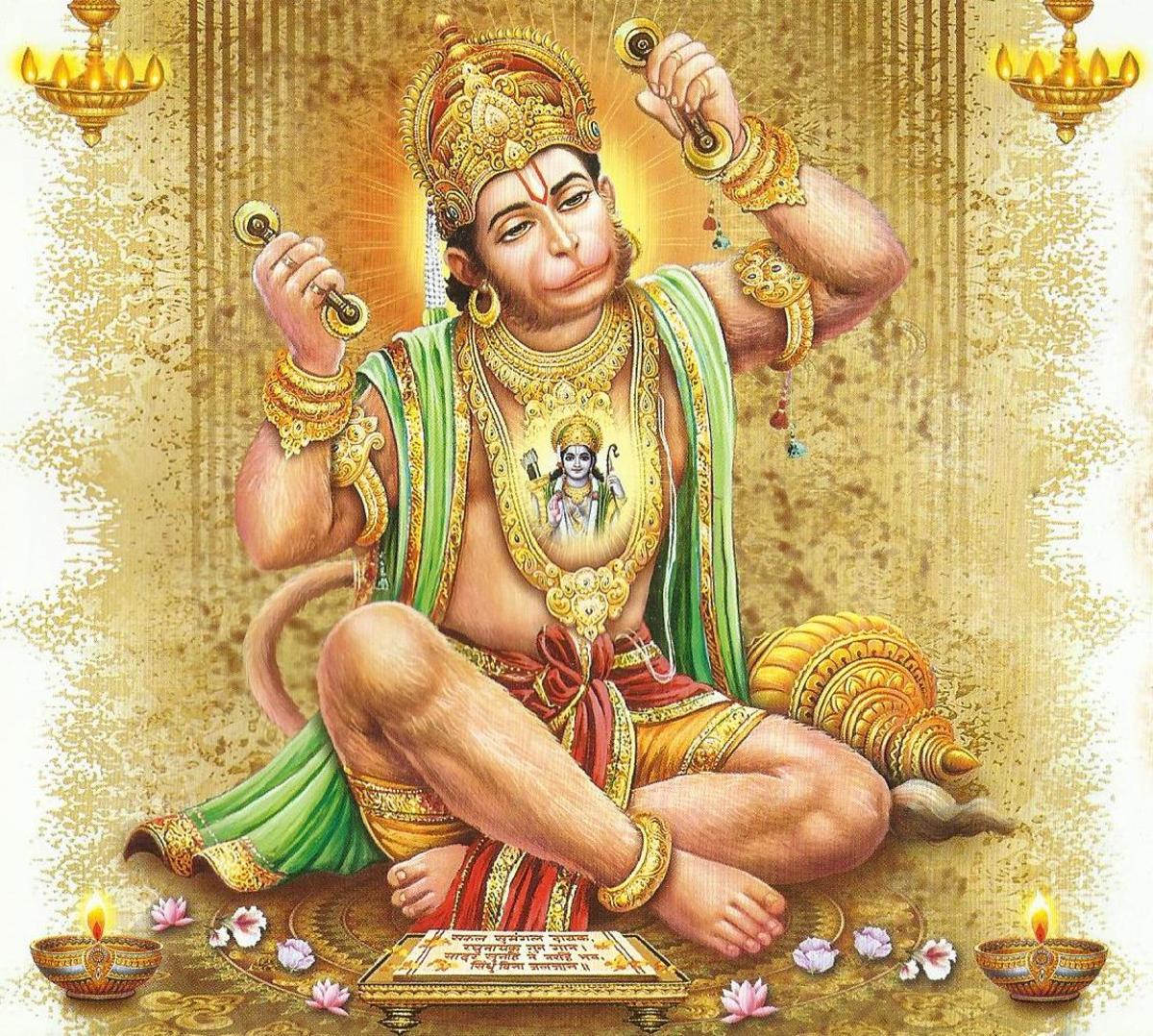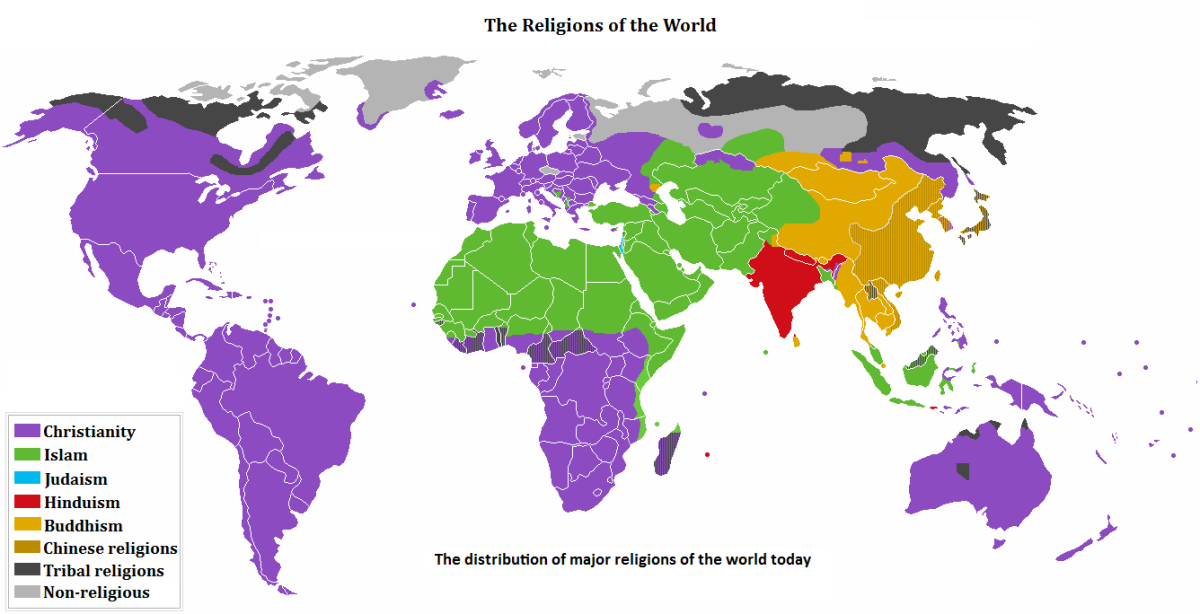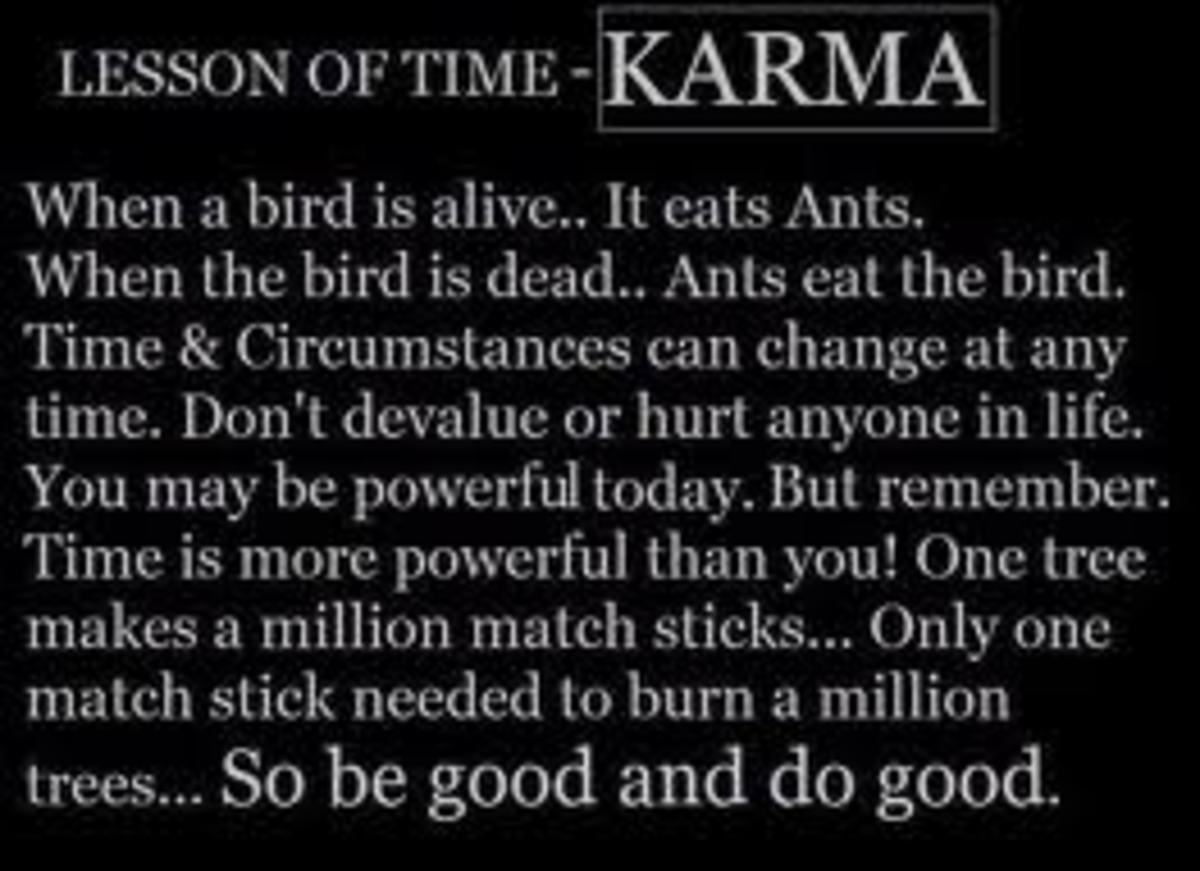A Strong Guide to Dharmic Religions
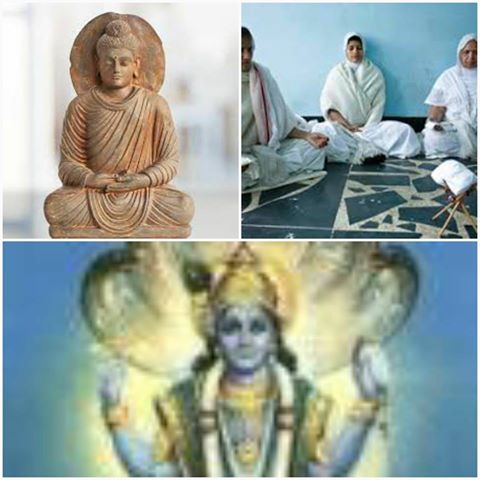
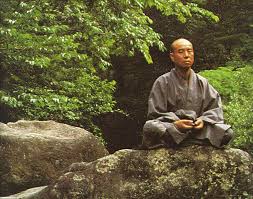

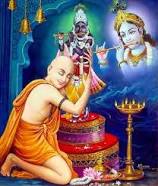
India is a sight of world religions and culture. In this book, we will be explaining the unique religions. They are all intertwined and have both similar and different ideas and practices. People often tend to consider these more as ways of life or philosophies instead of religions.
Chapter 1: Hinduism
Hinduism is the oldest and most popular of the Vedic Religions. It has no definite founder or scripture. In fact, the names “India” and “Hinduism” come from the Indus river in Pakistan. It has many practices, gods, holidays and legends within it’s mythology. Hinduism has even introduced ideas of certain concepts, like Yoga, meditation, reincarnation and even recreational cannabis! Since Hinduism teaches that life is sacred, most Hindus avoid eating meat and eggs. Even those that do eat meat will not eat beef, due to the fact the cow is important for its milk. Hindus believe in reincarnation and Karma, and that actions have good and bad results, depending on what you did. Reincarnation is the idea that you die and take the body of another human or an animal. Hindus try to attain Moksha, the freedom from reincarnation and life. Achievement of a perfect spirituality. Experts on Hinduism are often referred to as Gurus, from the Sanskrit word meaning “Teacher”. There are multiple gods in Hinduism. Many gods are personifications of things found in our world. Brahma is believed to be the creator god, who created the earth from a Lotus Flower. Vamana covered the earth and the heavens with his empire and washed his feet in a water pot. Brahma created the goddess Ganga to create the rivers. But there was a catch. Too much water would flood the earth. So, as he sent Ganga down to Earth, Lord Shiva let the water flow down his dreadlocks and create the water of this world. The Vedas are said to have been written by Lord Brahma. Vishnu is the embodiment of good and mercy, who handles and controls this world’s Dharma, or duty. Shiva is the god of yogis and self-control. Shiva is believed to create and destroy, which also includes shredding old problems. Shiva represents the essential goodness. There are men known as Sadhus who are devotees of Lord Shiva, and believe he is very important. Some even get dreadlocks or smoke cannabis to show support, as there is an idea that Lord Shiva gave cannabis to this world’s mountains and forests. Ganesh is the deity that is believed to be quite important to Hindus, as they believe he will reduce the risk of problems by praying to him first. Indra is the god of thunder and rain, is a sign of courage and is a skilled warrior. He is believed to move as fast as the wind and carries with him weapons to prepare for any threats he sees. The Goddess Maya is the embodiment of illusions and reality. Shakti is a divine force, manifesting to restore balance. She is believed to be the universal principle of energy, power or creativity. This proposes that energy has no beginning or end, but with periods of rest and motion, and that as this world exists, there will be a creation, preservation and destruction. Kali is the ferocious form of Shakti; the goddess of time and Kali should help us activate the First Chakra. Dhumavati is the smoky form of Shakti. She is believed to have a black crow on her flag, representing dark forces and black magic. Worship of her is done on dark nights. Dhanwantari is believed to have introduced Ayurveda, and arrived after the churning of the ocean, which also created Kurma, an incarnation of Lord Vishnu, which represents development of life, the ability to breath and move. Lakshmi is the goddess of wealth, and Vishnu’s wife. She signifies loves and grace. Lakshmi expresses her love of Vishnu by massaging his feet. Hanuman was born to mortal monkey parents, but was never satisfied with what he was fed. He noticed the sun and thought it was a fruit. However, while he was chasing the sun, Indra shocked Hanuman, and the gods gave him immortality. Hanuman abused his powers, like ruining a forest. Hanuman fought Ravana’s demons. Garuda is the leader of the birds. When he hatched, he was very hungry. One day, Garuda ate a human, but feared of swallowing a Brahmin, so he spit out the humans. Still Hungry, he one day saw a tree branch falling, and had a fear of killing cows and Brahmins, so he caught the branch. Vishnu noticed he was hungry. Garuda was offered Vishnu’s arm. He ate Vishnu’s arm, but it regrew in 2 seconds, thanks to his godly healing factor. Bhunvaneshwari is the queen of the phenomenal world and is interested in the welfare of this world. Saraswati is the goddess of music and creative arts. Annapurna is the goddess of food and cooking. She brings food to Shiva. Matangi is a form of Saraswati. He was in poverty and wanted to be a Brahmin. Through the help of Indra and Saraswati, she become his daughter and became very smart. Ram grew up, living a non-violent lifestyle, but also trained himself in archery. He left his home and got married to the lovely Sita. Remember Ravana? He abducted Sita and Ram had created an army, working with Hanuman, healing others and fighting the demons. Krishna arrived after Balrama defeated the demon Kamsa and stopped a snake from poisoning the holy river. A girl known as Radhe eventually met Krishna. Radhe was a milkmaid and a devotee of Vishnu and Lakshmi. Durga is Shiva’s wife. “Durga” means “Invincible” in Sanskrit. Durga defeated the powerful demon Mahish and his commanders. Buddha was born as Siddhartha Gautama, into a wealthy family. King Suddhodhana and Queen Mayadevi. When he left the palace, he noticed the truths of the world. That people get sick, old and die. He decided to change. Gautama left his life of luxury, started a life of non-violence and meditation to reach spiritual enlightenment. He sat under the Bodhi tree, starving himself. Hindus believe that when he died, he became an avatar of his Vishnu and became known as the Buddha. This created a new religion: Buddhism. There are holidays in Hinduism, too. Holi lasts for 2 whole days. In this holiday, people throw colored powder at each other, to represent Krishna’s pranks as a child. He would steal butter from dairy farmers. Diwali represents the fight with Ravana between him and Rama. It’s also celebrated by Buddhists and Jains. People celebrate by lighting clay lamps in their homes. Shivaratri is a Nepali holiday where devotees worship Lord Shiva at night by chanting Hindi songs and smoking cannabis. Navratri is a holiday that celebrates Durga's victory over the demon. It lasts 9 days, and people like to wear colors on different days, which represents different things. On day 1, devotees wear red, which symbolizes action. Day 2 celebrates Moksha of devotees to Shiva, and royal blue is worn, representing calmness. Day 3 represents the moon's beauty, and yellow is worn for bravery. Day 4 represents vegetation and the earth, so green is worn. Day 5, grey is worn, representing the strength we can give. On day 6, orange is worn, representing the sages of Hinduism. Day 7. White is worn, representing how Parvati's fair skin was removed to battle the demons. On Day 8, intelligence is celebrated. Pink is worn to represent optimism. Day 9 has no specific color, but many Hindus finish off the holiday with prayer.
Chapter 2: Buddhism
Siddhartha Gautama was born to a wealthy royal Hindu family. Before he was born, his mother had a dream, where an elephant arrived to say Siddhartha would be a great spiritual leader. To keep him as the Prince/future King, she prevented him from leaving the palace. One day, the King left the palace and noticed true problems of the world. Sick people, homeless people, and death from old age. Because of noticing the truth, he decided to leave his rich lifestyle, and start a spiritual path. He practiced with 2 teachers, undergoing meditation and yoga. He noticed a goose with an arrow in its wing and removed it. He said that it was helping a life, so, he supported Ashima, the act of non-violence. He meditated for 49 days under a Fig tree, now known as the Bodhi tree, starving himself. When he died, his followers called the religion: Buddhism. Buddhism states that suffering is caused by desires and that it will end when desire is gone. They believe reincarnation continues until spiritual enlightenment called Nirvana is achieved. There are classes of Buddhism. Zen Buddhism is from China and focuses on being organized and performing meditation. In Japan, designed ponds with koi fish and fresh plants have been influenced by Zen Buddhism. Theravada favors charity. Monks and Nuns shave their head, like Buddha did, to show support for the religion. Tibetan Buddhism is from Tibet and has its own lifestyle. Such as Tibetan art on blankets for practitioners of Tibetan Buddhism and prayer beads.
Chapter 3: Jainism
Out of the Dharmic religions, Jainism is the least popular. Just like Hindus and Buddhists, Jains believe in Moksha, Karma and reincarnation. Jains believe the universe is made of Jiva (consciousness) and Ajiva (time, space and matter). Both are believed to have lived together, and can never be destroyed. The Ultimate Goal is to eliminate Karma. Those without it are thought to be a perfect godlike being, or Moksha. To achieve Moksha, they must follow Asteya (non-stealing), Satya (truthfulness), Brahmacarya (Celibacy), Aparigraha (non-possessiveness), and Ahimsa (non-violence). Ahimsa is so strong within Jains, that they sweep sidewalks to prevent stepping on bugs, and are vegetarian or vegan. Some will go as far as not eating potatoes, garlic or onions to avoid hurting tiny organisms during harvest. Rishabhanatha is believed to be the founder of Jainism, who was the first of the 24 lords in Jain cosmology, who is believed to have lived 8.4 million years, before the Vedas even existed. Some Monarchs in India were Jain. Basavanna was a monarch who believed in Jainism, and once said that poor people are valuable, friends of Lord Shiva, with legs worth more than gold.
